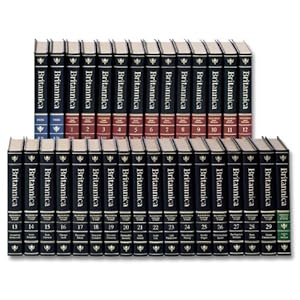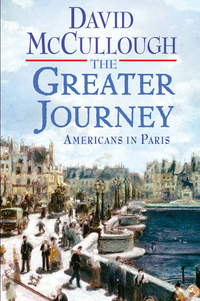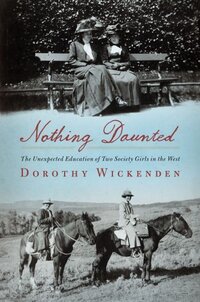Author JK Rowling announced that Harry Potter fans will be able to read her famous series in e-book form for the first time, starting this fall.In an announcement launching Pottermore, an interactive Harry Potter Web site and online store, Rowling said that the full series will be available in digital form. The books will be in several languages and will work on any electronic reading device.
The site will also sell digital audiobooks of the novels.
Through the site, Rowling will also share tidbits from the Harry Potter universe that she’s been “hoarding” through the years, she said in a video announcement. While the author has said she will not be writing any more novels about Harry Potter, she has hinted in the past that she would like to write an encyclopedia about the books’ universe. It seems Pottermore will be an outlet for Rowling to share backstory and other facts that did not fit into the seven-book series.
Pottermore will be open to a million users on July 31 — Harry Potter’s birthday — and open to the public in October. Fans can already submit their e-mail addresses on the site to be notified when registration opens.
Read the original post and see a video of Rowling's announcement HERE
Sonoma, Calif. — In the winter of 2010, the cheerfully effervescent romance novelist Nyree Belleville suffered the same fate as many a scribe — she was dropped by her publisher. The most any of her 12 spicy
romances, penned under the name Bella Andre, had earned was $21,000.
She was, in her Cali-girl vocabulary, “bummed.” She was 36. She had two young children, a husband and a little house in the hills above this picturesque wine-making region.
A thin, pretty brunette who majored in economics at Stanford, Belleville had been a singer in her 20s, but that career died, and now her writing career was so flat line that one of her old publishers had even given her the rights to her first two novels.
So, out of sorts and feeling blue, she sat down one morning and figured out how to self-publish one of those novels, “Authors in Ecstasy,” on Amazon’s e-reader, the Kindle, just to see what would happen. It was a pain. She had zero graphic-arts skills. She had to create a cover, write her jacket copy, figure out formatting and set a price. She did it and forgot about it.
A few weeks later, she checked her account. She had sold 161 copies. She’d made $281. She was astonished.
She rushed to a lunch with three writer friends, with the numbers scrawled on a sheet of yellow paper, and slapped it down on the table. “That moment is burned in everybody’s mind now,” she says. “It was not a tipping point. It was a turning point.”
She put her other old book online and figured out how to place both on other e-readers — the Nook, the Sony Reader, the iPad, Kobo. The next month, her royalties bumped to $474. Giddy, she self-published a new e-book in July. She made a jaw-dropping $3,539. It was like the best thing ever!
“Every day, as the numbers ticked by, my husband and I were floored,” she says.
She got the rights to two more old novels. She feverishly wrote another e-novel, “Game for Love,” about a bad-boy pro football player and his unexpected marriage. She popped it online Dec. 15.
Earnings for that month? $19,315.
In January and February, she e-published a trilogy of young-adult novels she’d written years earlier. She called the first one “Seattle Girl” and chose a new author name, Lucy Kevin, to distinguish it from the sexually explicit Andre books.
Here’s what her first quarter looked like: 56,008 books sold; income, $116,264.
Perched on the edge of a couch in her tiny writing office, which doubles as a playroom for her kids, Belleville says: “Isn’t this just awesome?!”
Self-publishing frontier
There is no good comparison for what’s happening in the frontier world of self-published e-books, because there has never been anything like it in publishing history.
Since Johannes Gutenberg developed the printing press in the 15th century, publishers have pretty much owned the presses, the means of mass production and, therefore, of distribution. Save for tiny “vanity” printings, for the intervening 500 years or so publishing houses have controlled who was able to publish, how many copies were printed, the price and the percentage of profits paid to writers (in modern America, usually about 10 to 15 percent of the list price.)
[...]It’s gold-rush crazy, and it has exploded in the past 12 months, the past six months. It’s happening right now. You hear wild stories about novelists — who are supposed to be enduring lives of artistic gratification but monetary penury — blowing past your tax bracket. But riding the crest of the digital revolution, powered by blogs and tweets and social media, and delivered by the explosive sales of e-readers in the past two years, some authors are sidestepping that business model.
They can write, publish, advertise, create covers, set and change prices — and haul in up to 70 percent of the sale price. It is possible for writers marketing a $4.99 self-published e-book to make more per copy than authors with a $24.95 hardcover.








